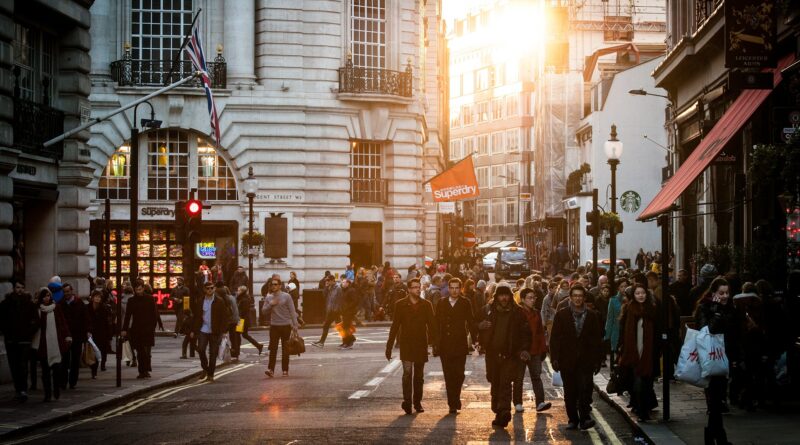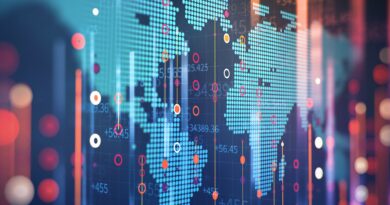The US is not in recession (yet). And that's a problem for the Fed
While the Fed is expected to keep rates unchanged, interest in the US economy is strong.
The crucial point that analysts are evaluating is that during its two-year battle against inflation, the US central bank has tried – so far in vain – to put consumers in difficulty through higher interest rates so as to stop spending, align demand to supply and push U.S.
economic growth below its level to ease price pressure.
All this, however, did not happen, and Fed policymakers must now judge whether the better-than-expected performance of the economy is the last gasp of the wave of consumption that began during the COVID-19 pandemic, or evidence that the monetary policy is not yet tight enough to fully bring inflation back to the 2% target.
The failed recession in the United States risks turning into a nightmare for Powell and the others on the board.
There is no recession in the US.
What does the Fed risk? Since the last monetary policy meeting in September, when central bank policy makers also left rates unchanged, incoming data has shown stronger-than-expected employment growth, a stronger-than-expected economic recovery and only a slow improvement in the pace of inflation which, at 3.4% in September, according to the Fed's preferred indicator, remains well above the target.
Of course, there are more alarming signs.
Yields on long-term U.S.
Treasury securities have risen since last summer, and the average rate on a 30-year fixed-rate mortgage has risen to nearly 8%, a level not seen in nearly a quarter-century.
Ultimately, Fed officials believe these developments will slow business and household spending.
For now, though, pandemic-era savings, combined with low unemployment and continued healthy wage increases, are allowing consumers to continue fueling strong economic growth.
That countered concerns that developments such as rolling over student loan payments and weakening consumer confidence would cause people to moderate spending.
Instead, consumer-facing companies like McDonald's and Amazon delivered earnings that beat consensus, while home prices continued to rise despite high mortgage rates.
read also Fed meeting November 1st, rates still on hold? What to Expect As pandemic-era programs pumped trillions of dollars into household bank accounts, economists have been trying to grapple with when those extra savings would run out.
After the US government reported excellent third-quarter economic growth data last week, some analysts reassessed the situation and suggested that perhaps $1 trillion remained to fuel consumption and, potentially, higher prices.
.
Spending, in summary, has continued to grow despite consumer confidence levels which, according to the Conference Board, have fallen to recessionary levels amid a host of concerns.
The problem now is, according to Powell, growth must slow down and, if not, it means that the Fed's reference rate will have to increase.
We'll see what he says at the press conference today, November 1st, at 7.30 pm Italian time.
In September, the governor stressed: “It's good that the economy is strong.
It is good that the economy has been able to withstand the tightening that we have implemented.
It's good that the job market is strong.
But if the economy turns out to be stronger than expected, that simply means we will have to do more in terms of monetary policy to get back to 2%.”



